Home>Furniture>Kitchen Furniture>Who Invented The Ice Cream Machine
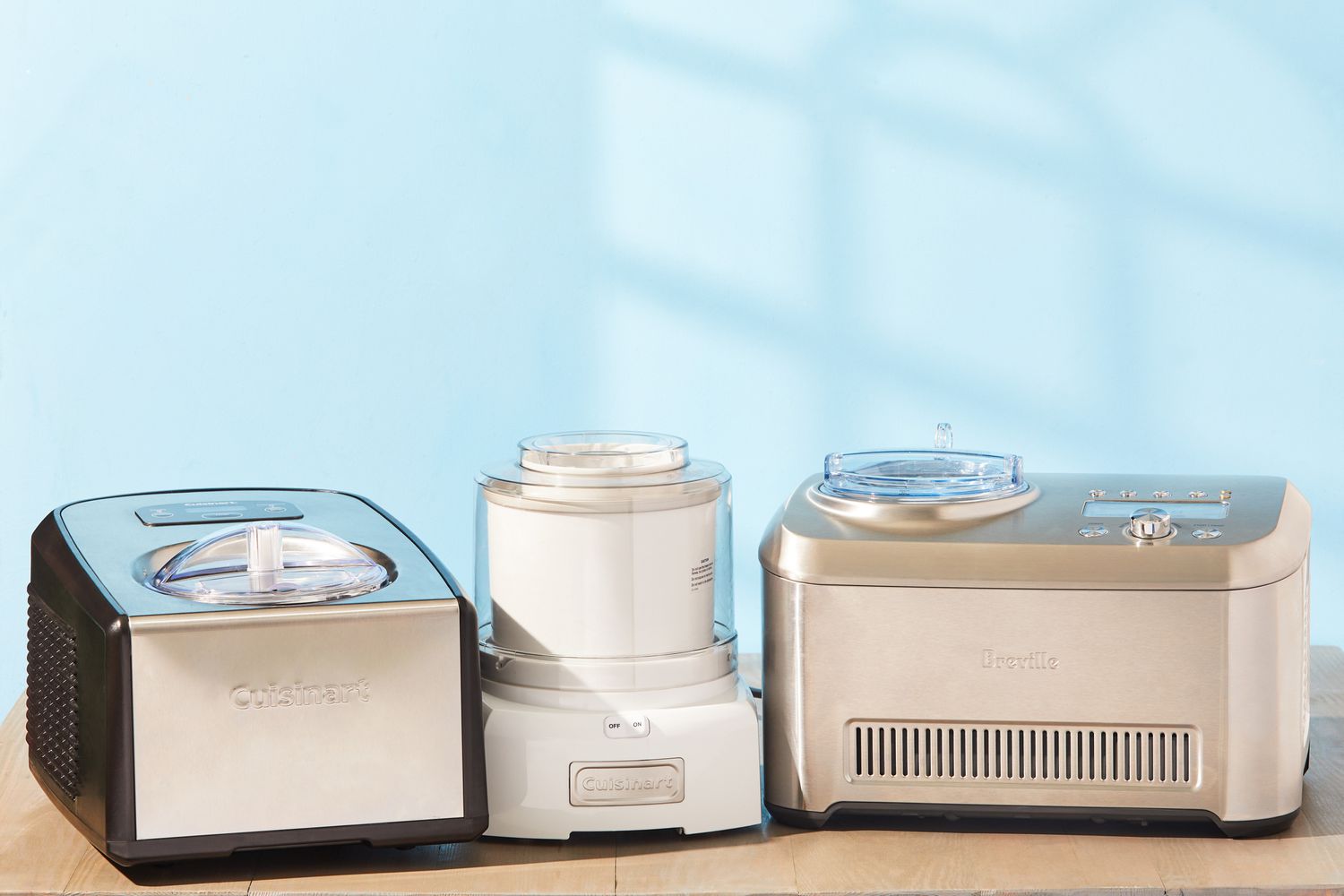

Kitchen Furniture
Who Invented The Ice Cream Machine
Modified: January 6, 2024
Discover the history of the ice cream machine and learn about the brilliant minds behind this delectable invention. Dive into our articles and indulge in the fascinating world of ice cream making.
(Many of the links in this article redirect to a specific reviewed product. Your purchase of these products through affiliate links helps to generate commission for Storables.com, at no extra cost. Learn more)
Introduction
Ice cream has been a beloved treat for centuries, delighting people of all ages with its creamy texture and refreshing flavors. But have you ever wondered how this delectable dessert came to be? It is believed that ice cream originated in ancient China, around 200 BC, where dairy-based creations were blended with ice and enjoyed by the nobility. However, it wasn’t until much later in history that the invention of the ice cream machine revolutionized the production and availability of this frozen delicacy.
Ice cream machines played a crucial role in the mass production and distribution of ice cream, making it accessible to a wider audience. These machines allowed for more efficient and consistent freezing of the ingredients, resulting in a smoother and creamier texture. They made it possible for ice cream manufacturers to meet the growing demand, leading to the establishment of ice cream parlors and the popularization of the treat.
Throughout history, there have been various iterations and advancements in ice cream machines, each contributing to the improvement of the overall ice cream-making process. From hand-cranked machines to electric-powered ones, the evolution of these devices has undoubtedly shaped the way we enjoy this frozen delight today.
In this article, we will delve into the early origins of ice cream, the need for ice cream machines, and explore the invention and evolution of the first ice cream machine.
Key Takeaways:
- The invention of the first ice cream machine by Nancy Johnson revolutionized the production of ice cream, making it more accessible and paving the way for further advancements in ice cream machine technology.
- The evolution of ice cream machines has played a pivotal role in meeting consumer demands, enhancing the overall ice cream experience, and showcasing human ingenuity in the quest for culinary perfection.
Read more: Who Invented The Espresso Machine
Early Origins of Ice Cream
Although the exact origins of ice cream are shrouded in mystery, it is believed to have originated in ancient China. The Chinese nobility enjoyed a delicacy made from milk, rice, and snow or ice, creating a frozen treat that resembled what we now know as ice cream. In the 13th century, Marco Polo, an Italian merchant, returned to Europe from his travels in the East and brought back the concept of this frozen dessert.
As ice cream gained popularity throughout Europe, various methods were employed to create frozen treats. In the 17th century, Italian chefs refined the technique of freezing mixtures of milk, sugar, and flavorings using salt and ice. This method, known as “sorbetto,” paved the way for the development of more sophisticated ice cream recipes.
Ice cream eventually made its way to the American colonies in the 18th century, with the first recorded mention of it in a letter written by a guest of Governor William Bladen of Maryland. Colonists adapted the European recipes and added their own spins, creating flavors such as strawberry and vanilla.
It’s important to note that early ice cream was a luxury reserved for the wealthy and elite due to the labor-intensive process and costly ingredients. Ice was harvested during the winter months and stored in ice houses, with the wealthy having easier access to this resource.
As time went on, ice cream became more accessible to the general population. By the early 19th century, a few entrepreneurs began to sell ice cream in shops and from street carts, catering to a wider audience. This increased demand led to the need for more efficient methods of production, paving the way for the invention of ice cream machines.
Next, we will explore the reasons behind the development of ice cream machines and how they revolutionized the production and availability of this frozen delight.
The Need for Ice Cream Machines
As the popularity of ice cream grew, so did the demand for a more efficient and standardized method of production. Hand-churning the mixture in a container surrounded by ice and salt was a laborious and time-consuming process. The inconsistency in temperature control often resulted in uneven freezing and a less smooth texture.
Ice cream makers recognized the need for a mechanized solution that could streamline the production process, ensuring consistent quality and a more efficient operation. The invention of ice cream machines was the answer to these challenges, allowing for greater control over the freezing process and the ability to produce larger quantities of ice cream.
One of the main advantages of ice cream machines was the elimination of manual labor. Instead of relying on the constant hand-cranking of the mixture, the machine took over the task, providing a consistent and continuous churn. This not only saved time and effort but also resulted in a more homogenous and smooth ice cream texture.
Another significant benefit of ice cream machines was the improved temperature control. These machines were designed with proper insulation and refrigeration systems, enabling precise and consistent freezing. This ensured that the ice cream mixture froze evenly, reducing the formation of ice crystals and resulting in a creamier and more enjoyable end product.
Ice cream machines also allowed for the incorporation of air into the mixture during the freezing process. This process, known as overrun, resulted in a lighter and fluffier ice cream, increasing its volume without compromising the taste or quality. The ability to control the overrun rate was a crucial feature of ice cream machines, allowing manufacturers to create different textures and densities according to consumer preferences.
The development of ice cream machines not only revolutionized the ice cream industry but also opened up opportunities for entrepreneurs and small businesses. The mechanization of the process made it more accessible and cost-effective for individuals to start their own ice cream production and retail ventures. As a result, ice cream parlors and street vendors became common sights, offering a wide variety of flavors and combinations to cater to the growing demand.
In the next section, we will explore the early ice cream machines that paved the way for the invention of the first mechanical ice cream maker.
Early Ice Cream Machines
Before the invention of the first mechanical ice cream machine, early prototypes and contraptions were developed to aid in the production of ice cream. These machines were typically hand-operated and relied on various mechanisms to churn and freeze the mixture.
One of the earliest known ice cream machines was the pot-freezer method. This involved placing the ice cream mixture in a metal container and surrounding it with ice and salt. The mixture would then be hand-stirred until it reached the desired consistency. This method required constant attention and effort, making it a labor-intensive process.
Another early form of ice cream machine was the hand-cranked churn. This device featured a metal container with a paddle or dasher that would be turned by hand, agitating the mixture and incorporating air to create a smoother texture. This method improved upon the pot-freezer method by providing a more efficient way to churn the mixture, but it still required manual labor and was limited in capacity.
As technology advanced, more complex ice cream machines were developed. In the 1840s, the invention of the rotary freezer revolutionized the ice cream industry. This machine consisted of a metal container surrounded by a larger container filled with ice and salt. The inner container had multiple blades attached to a central shaft. As the outer container was rotated manually or by a crank, the blades scraped and mixed the ice cream mixture, resulting in a quicker and more consistent freeze.
The continuous freezer was another notable advancement in ice cream machine technology. This machine, which emerged in the late 19th century, featured a cylinder surrounded by a jacket filled with refrigerant. The mixture was poured into the top of the cylinder while a rotating dasher scraped the frozen layer from the inside of the cylinder and mixed it with the incoming mixture. This continuous process allowed for a continuous output of ice cream, making it ideal for commercial production.
While these early machines improved efficiency and consistency compared to manual methods, they still required considerable manual effort and had limitations in terms of capacity and control.
In the next section, we will explore the invention of the first ice cream machine, which marked a significant milestone in the production and availability of ice cream.
The first known ice cream machine was invented by Nancy Johnson in 1843. She patented a design that used a hand-cranked mechanism to churn and freeze the ice cream mixture.
The Invention of the First Ice Cream Machine
The invention of the first ice cream machine is credited to Nancy Johnson, an American woman from Philadelphia. In 1843, Johnson patented her hand-cranked ice cream freezer, which revolutionized the process of making ice cream at home.
Johnson’s machine consisted of a wooden bucket with a metal inner container. The mixture would be poured into the inner container, and a hand-cranked mechanism would rotate paddles inside, churning and freezing the mixture. This innovative design allowed for a more efficient and consistent freezing process, eliminating the need for constant stirring and manual labor.
What set Johnson’s machine apart from previous designs was the incorporation of a dasher with scrapers. These scrapers ensured that the frozen mixture was scraped off the sides of the container, preventing ice crystal formation and resulting in a smoother texture. This feature improved the overall quality of the ice cream produced by the machine.
Johnson’s invention quickly gained popularity, and she established a manufacturing company to produce her ice cream machines. The affordability and ease of use of her invention made it accessible to the average household, allowing more people to enjoy homemade ice cream.
However, it’s essential to note that Johnson was not the only inventor in this field. There were other contemporaries, such as Jacob Fussell, who is often credited with the invention of the first commercial ice cream machine. In 1851, Fussell developed a steam-powered ice cream machine, which led to the establishment of the first large-scale ice cream manufacturing factory.
The invention of the first ice cream machine marked a significant milestone in the ice cream industry. It not only transformed the way ice cream was made at home but also paved the way for the mass production and commercialization of ice cream.
In the next section, we will delve into the evolution of ice cream machines and how they have continued to advance and shape the ice cream industry over the years.
Read more: Who Invented Coffee Machine
Evolution of Ice Cream Machines
After the invention of the first ice cream machine by Nancy Johnson, technology continued to advance, leading to further improvements in ice cream production and the evolution of ice cream machines. Over the years, these devices have become more efficient, versatile, and capable of producing a wider range of ice cream varieties.
In the late 19th and early 20th centuries, electric-powered ice cream machines started to emerge. These machines eliminated the need for manual cranking, further simplifying the process of making ice cream. Electric-powered machines allowed for greater control over the churning process and provided a more consistent and reliable freezing mechanism. This advancement in technology made it easier for both households and commercial establishments to produce ice cream on a larger scale.
As the demand for different types of ice cream grew, so did the need for machines that could accommodate a variety of flavors and mix-ins. Manufacturers began to develop machines with multiple compartments, allowing for the creation of distinct flavors side by side. This innovation made it possible to offer a wider range of ice cream choices, catering to different tastes and preferences.
In the mid-20th century, the introduction of continuous freezer technology transformed the ice cream industry. This type of machine allowed for a continuous production process, with the ice cream mixture being fed in one end and frozen ice cream smoothly flowing out the other end. Continuous freezers brought greater efficiency and speed to large-scale commercial production, meeting the growing demand for ice cream in supermarkets, restaurants, and other establishments.
With the advancement of computer technology and automation, ice cream machines have become even more sophisticated. Modern ice cream machines feature programmable controls, enabling precise temperature and overrun regulation. This level of control allows manufacturers to produce ice cream with specific textures and consistencies, catering to a diverse consumer base.
In recent years, the trend of customization has become increasingly popular in the ice cream industry. In response, manufacturers have developed innovative machines that allow customers to create their own unique flavor combinations. These machines offer a wide array of mix-ins and toppings, giving individuals the opportunity to personalize their ice cream experience.
Furthermore, the introduction of soft serve machines has also revolutionized the way we enjoy ice cream. These machines incorporate air at a higher rate during the freezing process, resulting in a lighter and creamier texture. Soft serve machines are commonly found in ice cream parlors and fast-food establishments, allowing for quick and convenient ice cream servings.
The evolution of ice cream machines has played a pivotal role in meeting consumer demands and enhancing the overall ice cream experience. From hand-cranked devices to electric-powered machines and advanced computer-controlled systems, these machines have made ice cream production more efficient, consistent, and versatile.
As technology continues to advance, we can expect further innovations in ice cream machines, catering to the ever-evolving desires and preferences of ice cream lovers worldwide.
Conclusion
The invention and evolution of ice cream machines have significantly shaped the ice cream industry, transforming the way we produce, enjoy, and distribute this beloved frozen treat. From the early origins of ice cream in ancient China to its spread throughout Europe and America, the need for a more efficient and consistent method of production led to the invention of the first ice cream machine.
Nancy Johnson’s hand-cranked ice cream freezer marked a breakthrough in the home production of ice cream, making it more accessible to a wider audience. This invention paved the way for further advancements in ice cream machine technology, such as the introduction of electric-powered machines and the development of continuous freezers.
Ice cream machines not only enhanced the quality and texture of ice cream but also played a crucial role in meeting the growing demand for this delectable dessert. They allowed manufacturers to produce ice cream on a larger scale, leading to the establishment of ice cream parlors and the commercialization of this frozen delight.
Over the years, ice cream machines have evolved to become more sophisticated, incorporating programmable controls and offering customization options. These machines have adapted to consumer preferences, providing a wide range of flavors, mix-ins, and toppings to cater to diverse tastes.
The continued advancement of ice cream machine technology shows no signs of slowing down. With ongoing innovations, we can expect to see even more efficient, versatile, and customizable machines in the future.
Ice cream machines have undoubtedly revolutionized the ice cream industry and have brought joy to countless individuals around the world. From the humble beginnings of hand-cranked churns to the cutting-edge technology of modern machines, the journey of ice cream machines is a testament to human ingenuity and our endless quest for culinary perfection.
So the next time you indulge in a scoop of your favorite ice cream, take a moment to appreciate the remarkable history and evolution of the ice cream machine, which has brought this delightful treat into our lives in a way that was once unimaginable.
Frequently Asked Questions about Who Invented The Ice Cream Machine
Was this page helpful?
At Storables.com, we guarantee accurate and reliable information. Our content, validated by Expert Board Contributors, is crafted following stringent Editorial Policies. We're committed to providing you with well-researched, expert-backed insights for all your informational needs.
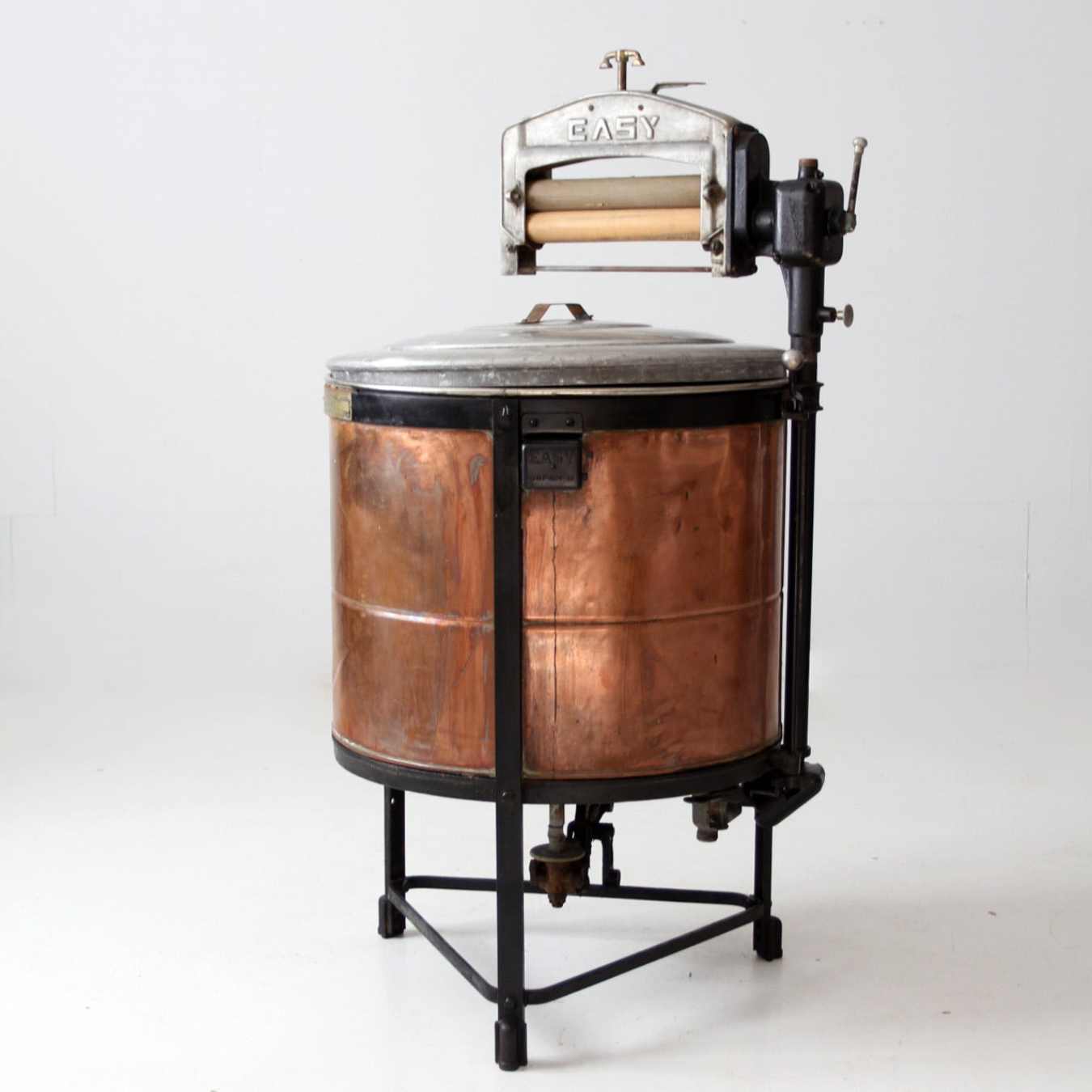

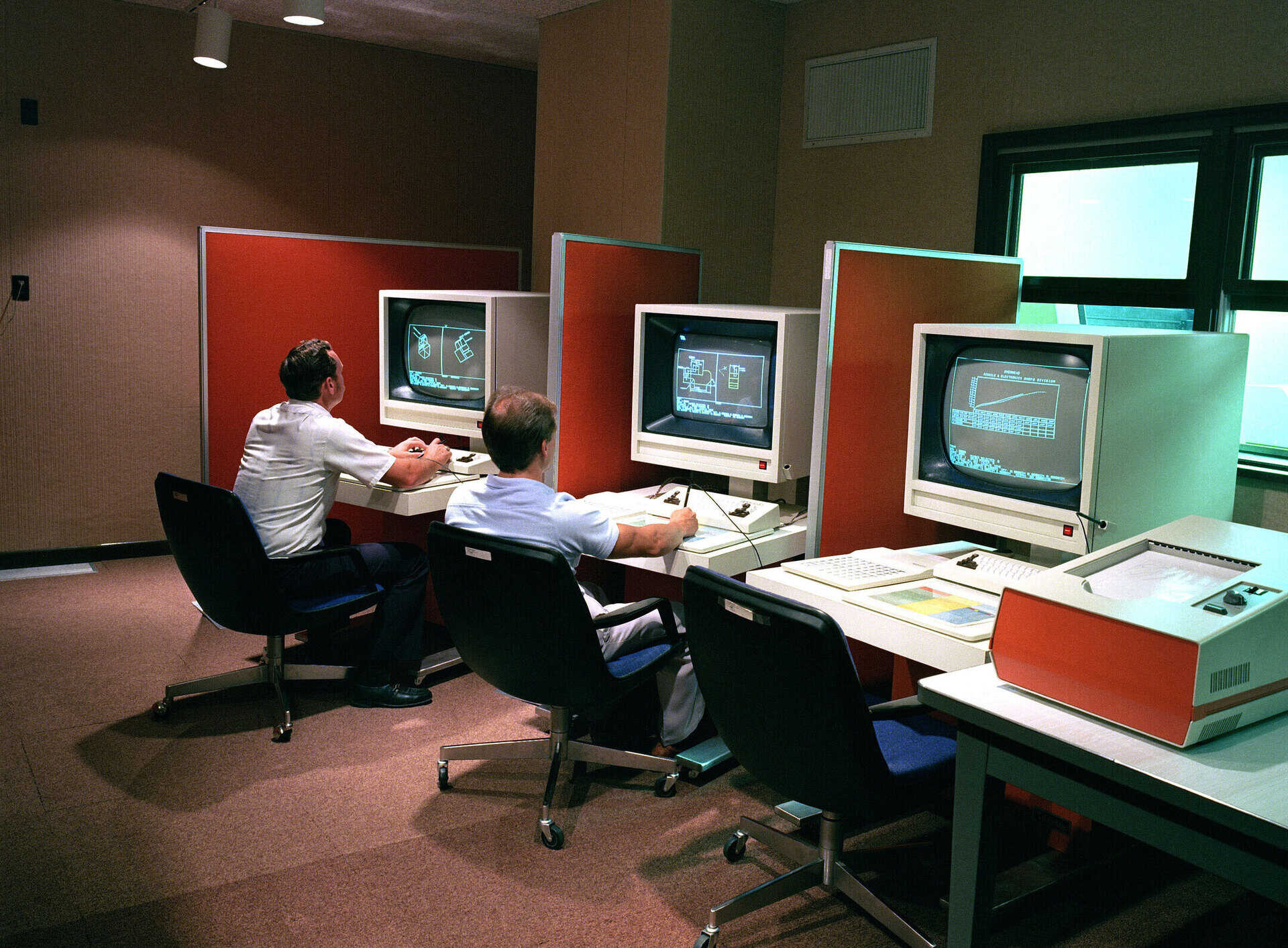
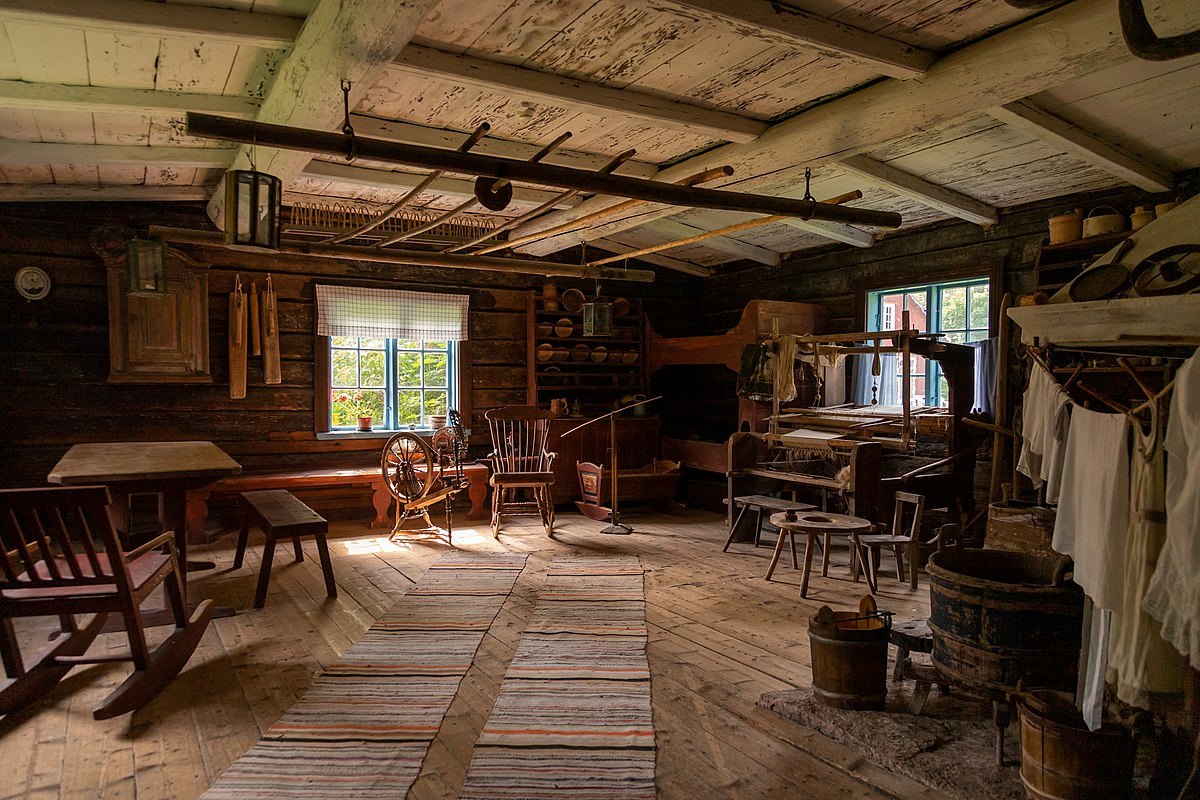
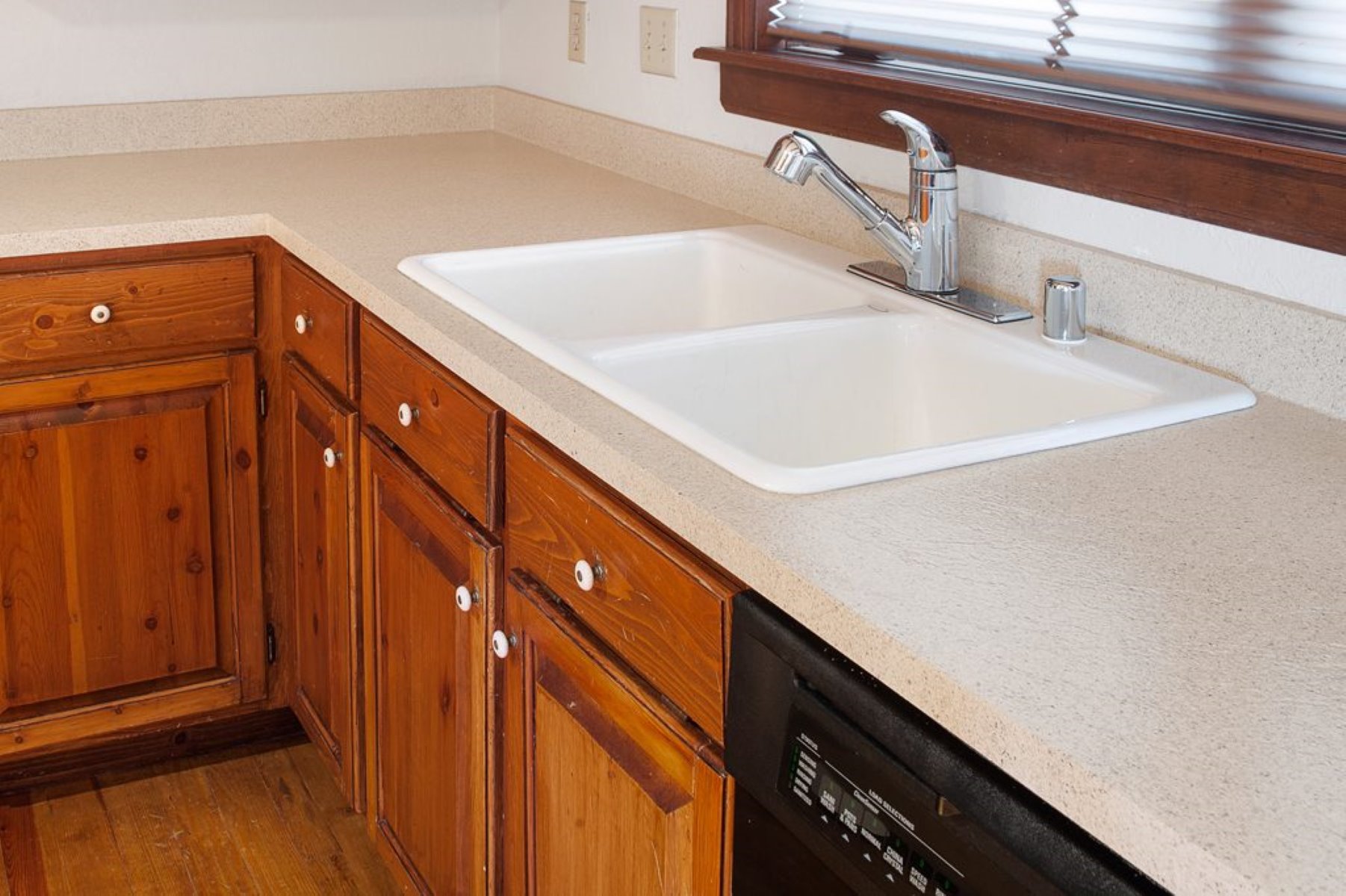
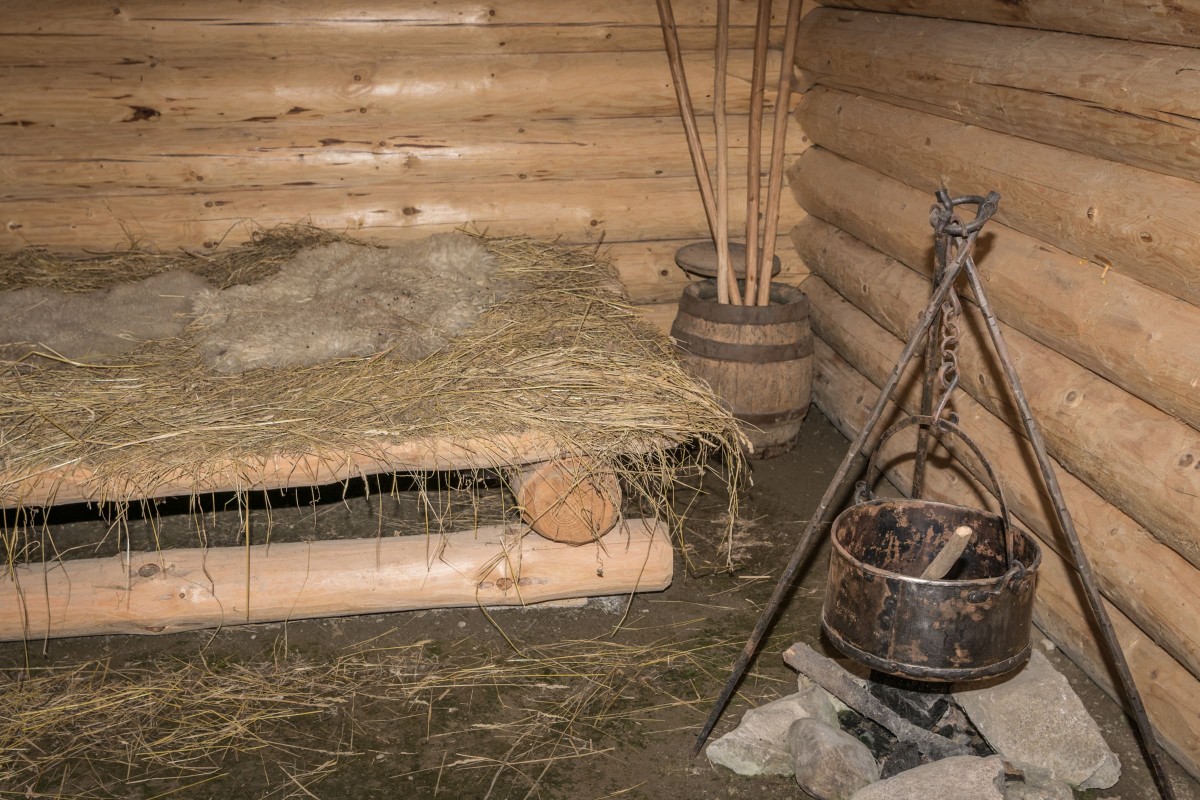
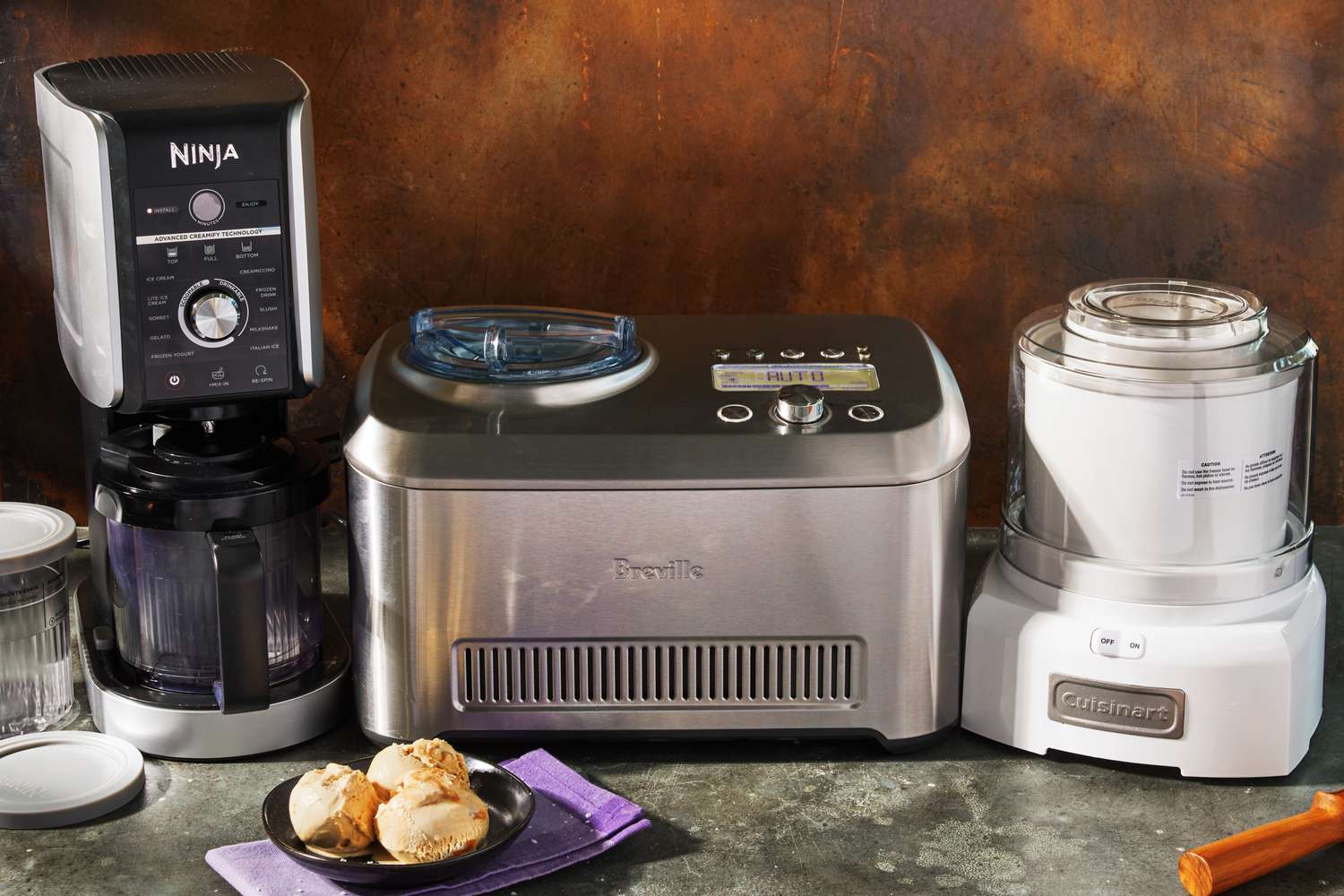
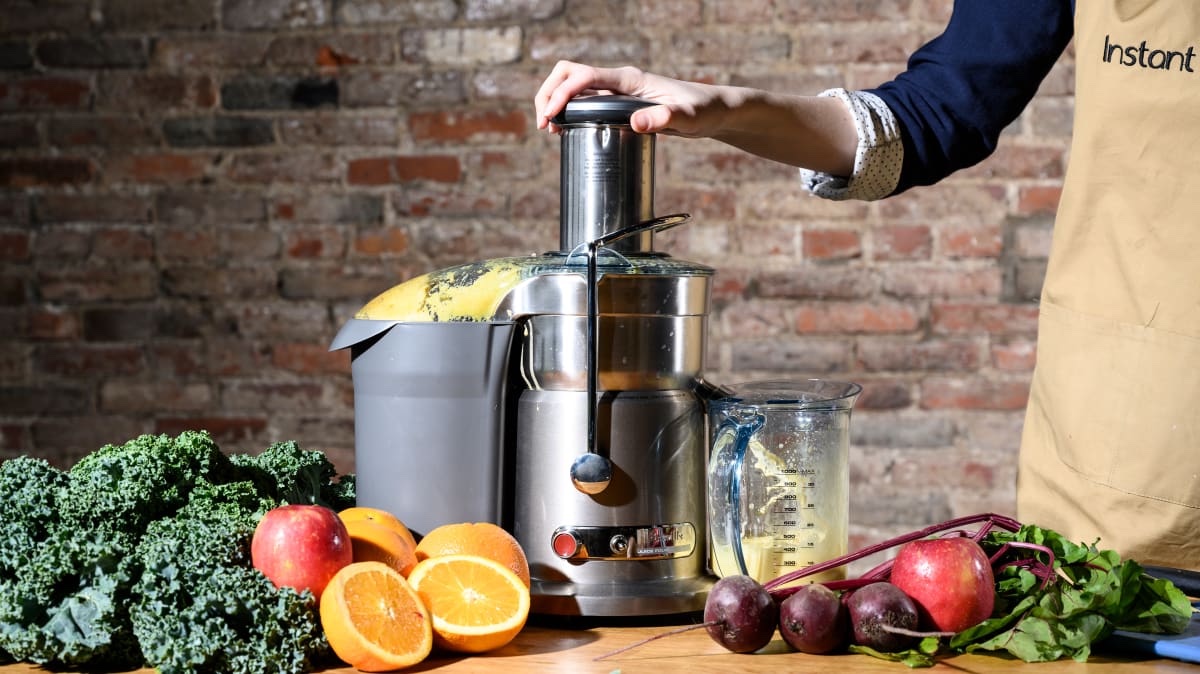
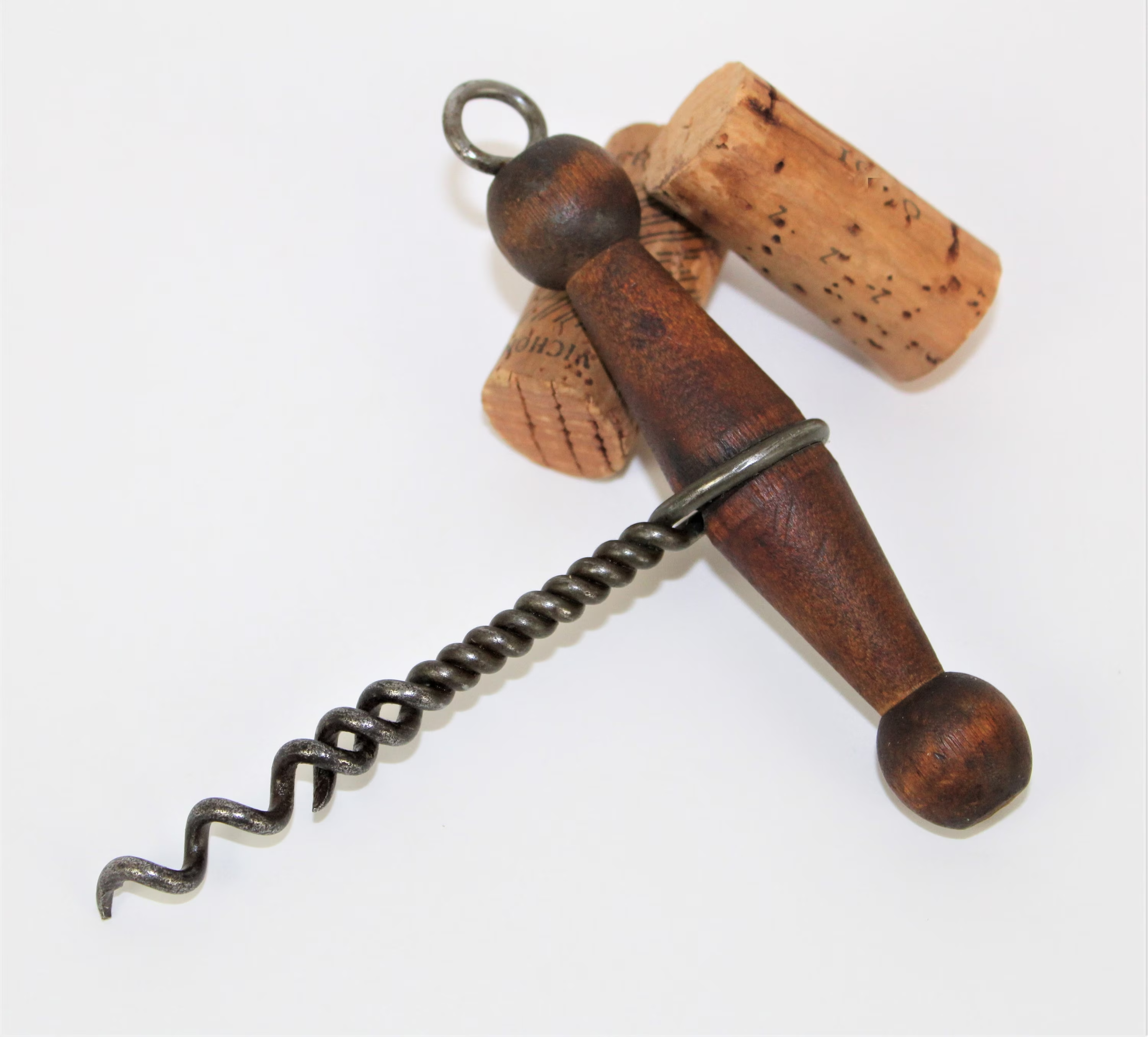
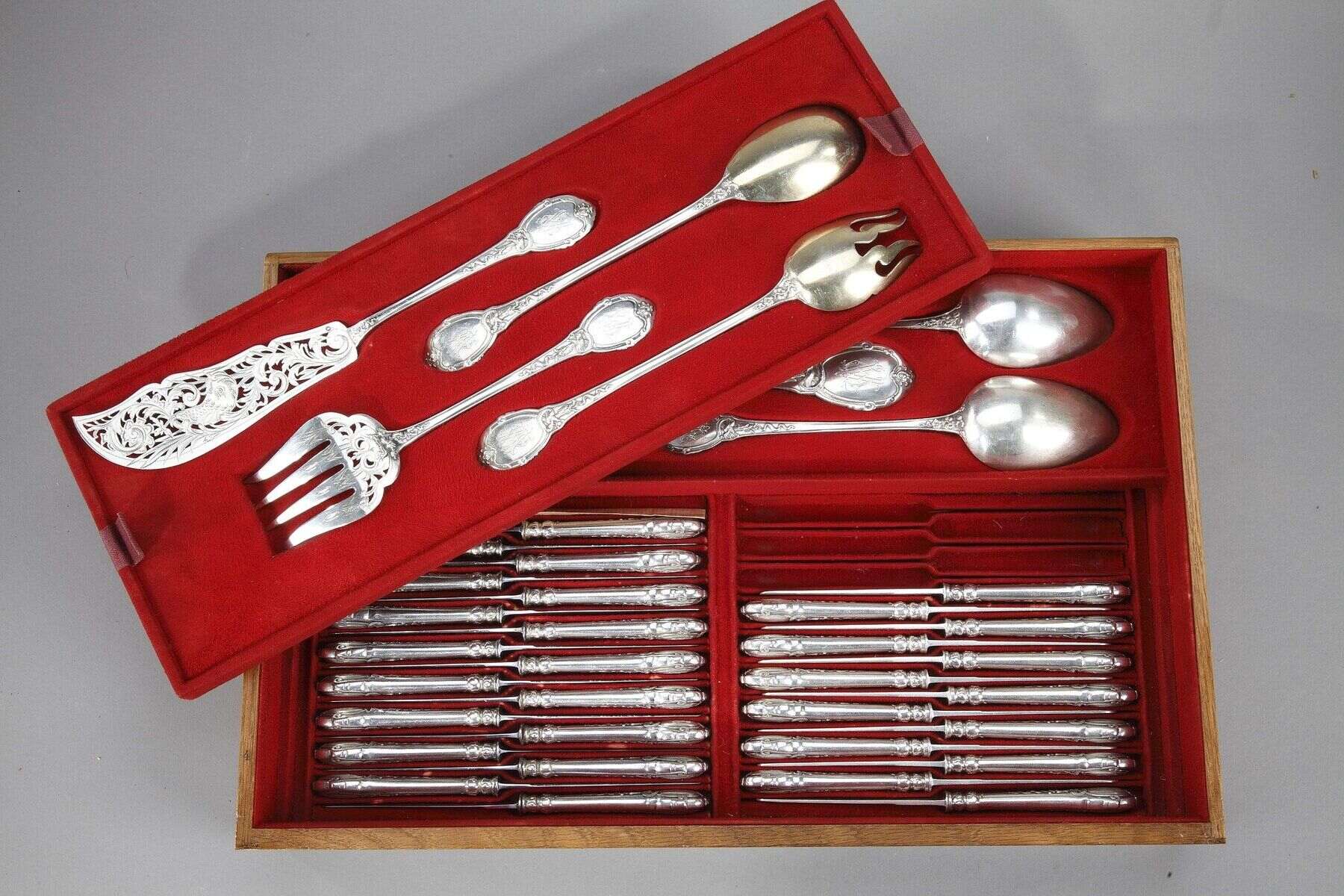
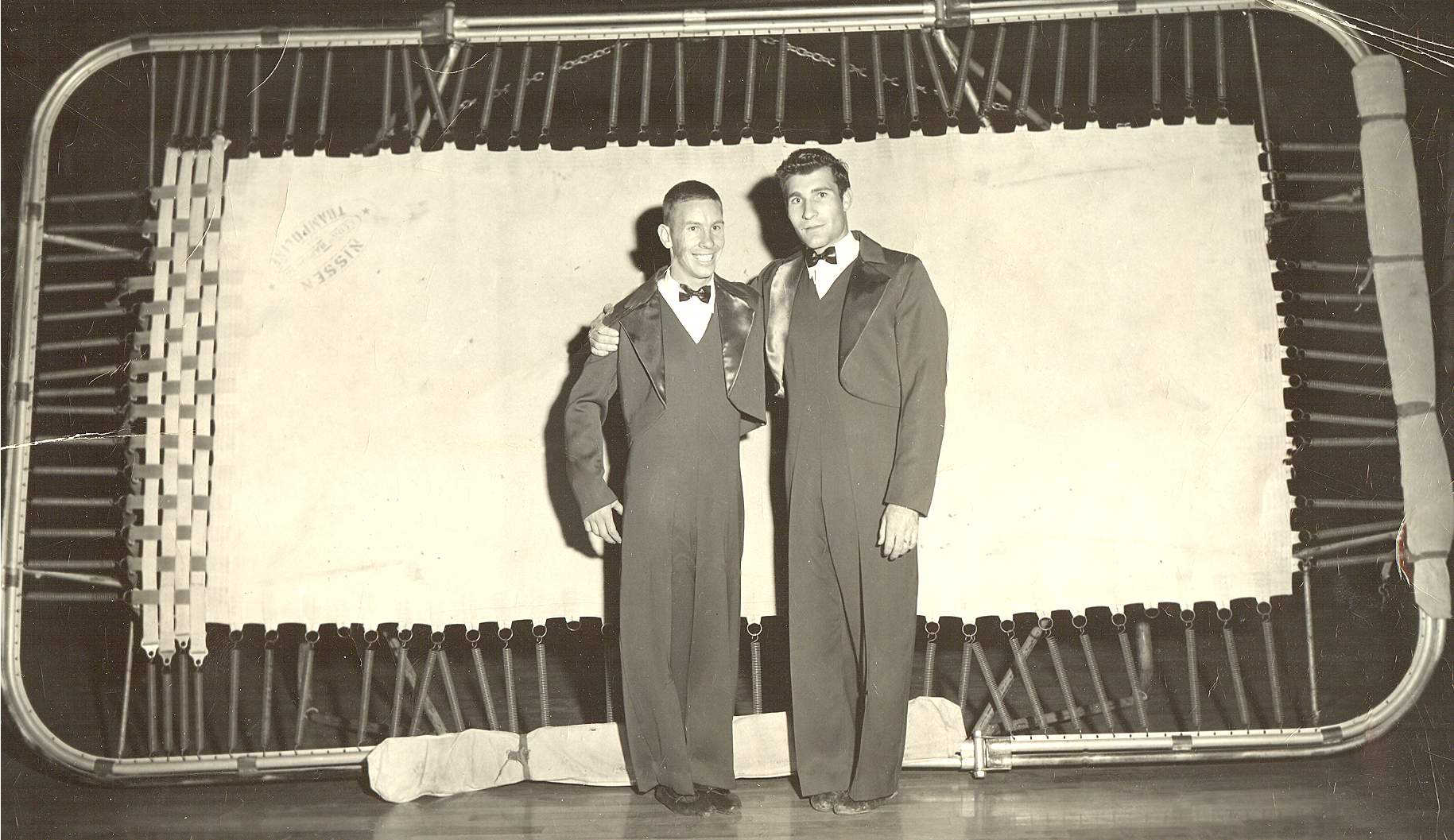

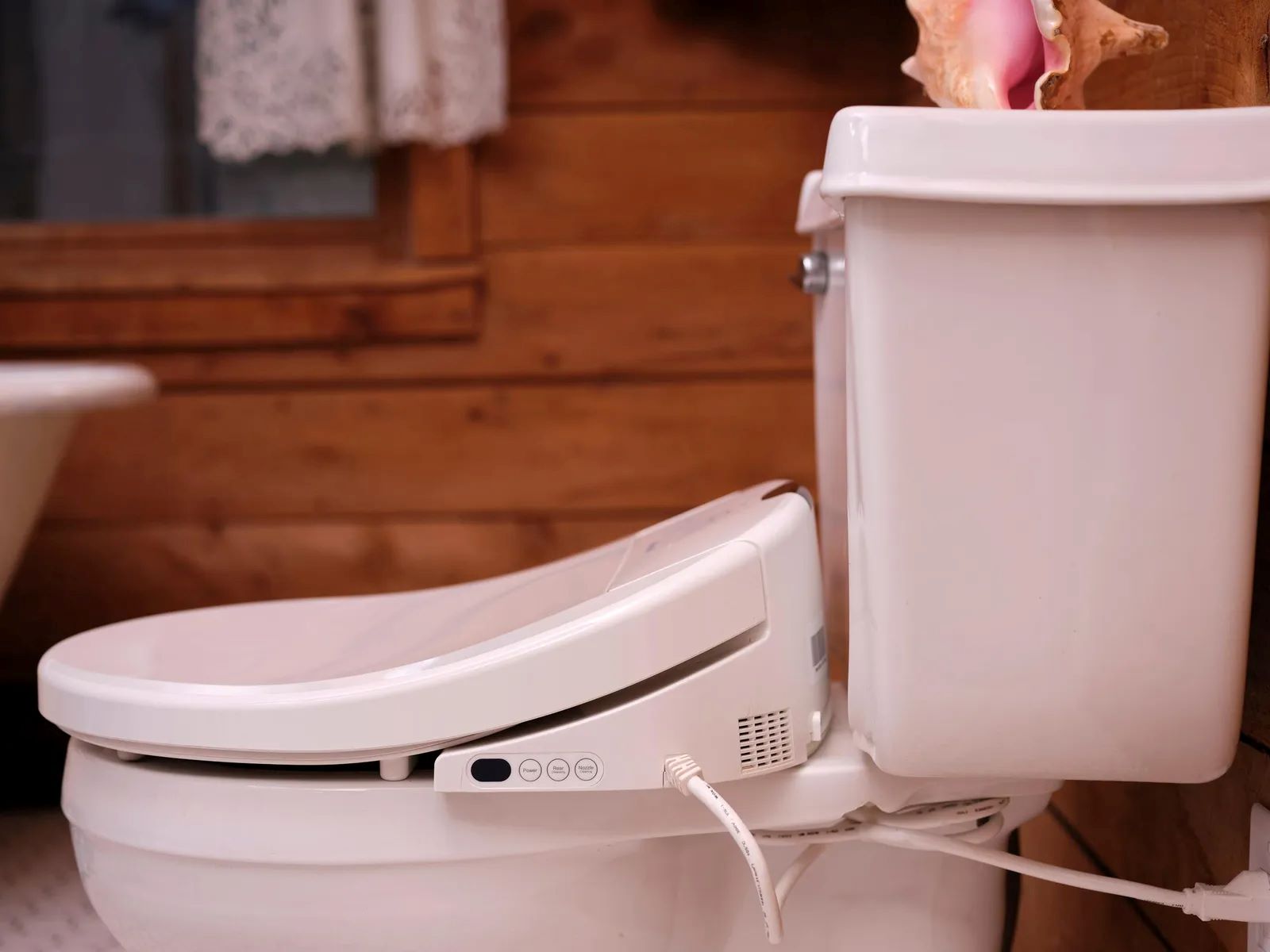


0 thoughts on “Who Invented The Ice Cream Machine”